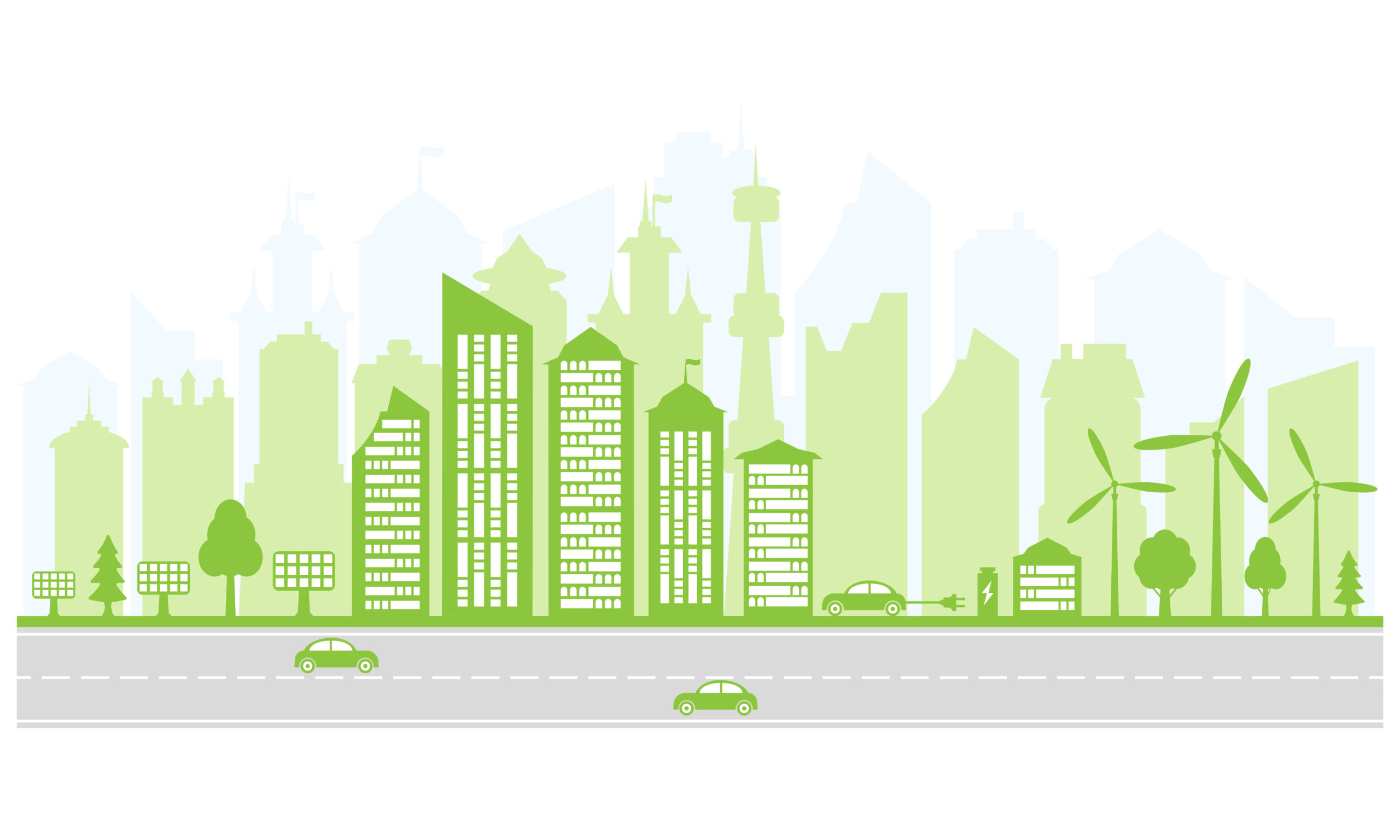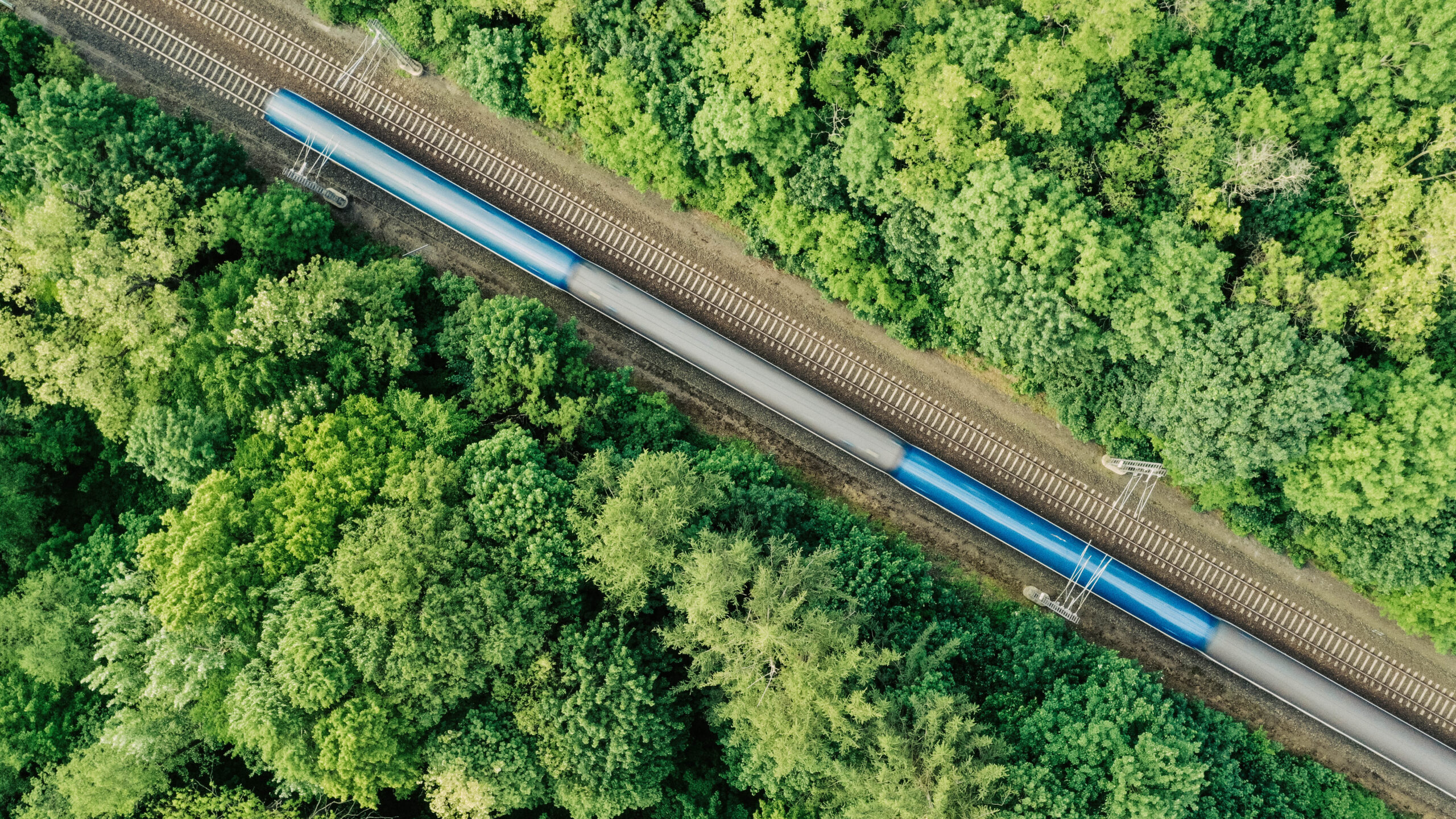While the EU aims for climate neutrality by 2050, one sector, in particular, is lagging behind: the transport sector. It is the only main sector in which emissions are still increasing, which is largely due to the role of the aviation sector. The contribution of global aviation to climate change is projected to triple by 2050. According to a recent International Energy Agency report, the demand for oil in 2022 will increase more than for any other fossil fuel. The main driver of this phenomenon is the rebound of international aviation post-pandemic. Around 75% of the rise in carbon emissions from oil use is attributed to the aviation sector.
The European institutions have understood this problem, and have been highlighting the importance of an effective international railway network to take over cross-border connections around the continent. It is no coincidence that the European Commission chose to name 2021 the ‘European Year of Rail’.
Still, many challenges remain and they are by no means limited to the development of the network itself. Ticketing and pricing in particular are issues where much improvement is required for a modal shift to stand any chance of success. European action on these topics has so far been very limited, especially regarding taxation, which is where public intervention can have the largest impact on ticket prices.
In this policy briefing, we compare some evidence between what young Europeans claim that needs to change for them to use the train instead of the plane and the options available to policymakers. We find, based on our own survey and on the research carried out by the Green Erasmus Report, that price is the key determinant for young Europeans’ when choosing the mode of transport, even for those who are highly environmentally conscious. Introducing a fair taxation regime – by taxing kerosene as any other fuel and removing the Value Added Tax on international railway tickets – can significantly reduce the current imbalance in prices, and encourage young Europeans to opt for the train.

What is preventing young people from making the modal shift from aviation to rail? Who is excluded from being able to make this shift?
“It remains a privilege to travel in a sustainable manner.” – Anonymous, GCE Mobility survey 2022
Most young Europeans believe in the urgent need to mitigate the climate crisis, as reflected on their list of concerns in EU-wide polls. Over half of Europeans recognise the need for mitigating measures such as taxes, rules and bans to be implemented by their governments. However, there is an inconsistency between the awareness of young Europeans about the risks of the climate crisis and their travel behaviour within Europe. The main reason that young Europeans prefer flying instead of using low-carbon alternatives such as rail is the implied cost. This highlights the problem of the externalisation of the environmental cost of aviation.
Generation Climate Europe conducted an online survey to understand the behaviour of the youth in regards to this issue. Its 71 respondents, mostly from the Netherlands, France and the UK, had different approaches to European international travel. Most agreed on the difficulty of choosing lower carbon transport. As expected, the first hurdle was the cost, as one respondent noted: “The price of Eurostar tickets, for example, is often much higher than short-haul plane tickets. This makes it hard for me to fully commit to more sustainable travel as I am on a student budget.” Even if the majority of respondents expressed fear with regard to the climate emergency. Most admitted that emissions were not their top priority when it came to choosing how to travel in Europe. This is in line with the findings of a Green Erasmus Partnership study.
Another issue with rail and buses was practicality. As another young respondent underlines: “[Trains] take a long time and require many changes. I tend to be a bit anxious about missing connections and having to re-plan the whole trip or waiting for hours in an unknown train station. I would be happy to travel by train more if it were cheaper and with fewer uncertainties related to delays and missed connections.” The image of train journeys as potentially hectic must improve if we want to convince young Europeans that choosing rail is safe and fun.
Finally, even though booking platforms like Omio, Trainline, Eurail and RailEurope exist, some respondents were concerned about the difficulty of booking international train tickets. “I want to be able to compare prices, and book connections without having to switch from railway provider to railway provider”. Such a comment outlines the importance of implementing an integrated ticket platform. This topic is part of an ongoing debate between rail companies and the EU regarding seamless travel, which the Commission’s Multimodal Digital Mobility Service is attempting to address. However, the issue of data access, disclosure and exploitation by tech giants is still a major concern for rail companies’ business models.
1. IEA. ‘IEA – International Energy Agency’. Accessed 9 November 2022. https://www.iea.org.
2. ‘The TUI Foundation’s “Young Europe 2022” Study’. Accessed 9 November 2022. http://www.tuigroup.com/en-en/media/press-releases/2022/2022-07-07-tui–foundations-young-europe-2022-study.
Why is it important to tax fossil kerosene?
As price is found to be the most important factor for young Europeans when choosing their mode of travel, it is vital that price imbalances between rail and aviation are addressed. The main competitive distortion is a direct result of the lack of a tax on fossil jet kerosene, without which the aviation sector will always be better positioned compared to competitors in the market.
The production of electricity used for rail transport is priced, and the fuel for road transport is taxed, while kerosene is not. This creates an uneven playing field that rewards the most polluting mode of transport, and imposes a significant barrier to the development of a cheap and accessible European rail network. Tax-free aviation is a social injustice. Only 1% of the world’s population is responsible for more than half of global aviation emissions, and even in Europe, the proportion of people who never fly is high. For example, 42% of the Dutch population did not fly at all in 2018. It has become untenable for this highly polluting sector to remain untaxed while only serving the wealthiest in society.
GCE recommends that:
(1) The EU introduces a kerosene tax as proposed in the revision of the Energy Taxation Directive. The proposed revision must be improved to include extra-EU flights so that wealthy business travellers flying to New York do not continue to fly tax free.
(2) If the revision of the Energy Taxation Directive cannot be agreed upon, Member States should introduce ambitious ticket taxes individually. These taxes should differentiate between short and long haul flights to reflect the fact that long haul flights are responsible for the bulk of aviation’s emissions (flights over 4000 km only account for 6% of flights departing from the EU but are responsible for 52% of emissions).
(3) Furthermore, Member States can and should introduce bilateral tax agreements. Research by Transport and Environment showed that nothing prevents EU countries from agreeing on bilateral kerosene taxes. If only the EU’s top emitting regions (Germany, Spain, the Nordics, the Benelux, France and Italy) agreed on a series of bilateral tax agreements it could raise up to 3.7 billion euros per year and account for 59% of intra-EU emissions. These bilateral agreements could help pave the way for European-wide fuel taxation in the long term.

What about taxes on cross-border rail?
Lowering taxes on cross-border rail would also help to reduce the imbalance to some extent, although proper taxation of kerosene is a necessity to establish a level playing field. One of the taxes that the European Commission is considering removing is the Value Added Tax (VAT) on international rail.
At the moment, VAT rates on international tickets can vary significantly from one journey to another as the rates differ per country. Each national rate is applied to the percentage of the journey happening in national territory. For example, when travelling from Munich to Vienna, the part of the journey in Germany is VAT free, but the segment of the journey in Austria is charged at a VAT rate of 10%. Other countries, such as France, Italy, and Spain also charge VAT rates of 10%, meaning that the prices of journeys such as Paris – Barcelona or Paris – Turin would go down by 10% if VAT on international rail tickets was indeed axed.
Therefore, GCE further advises that:
(4) VAT on international railway tickets is removed across the EU.
Conclusion
The current taxation regimes in the international transport sector create an unequal playing field that benefits aviation over rail. This situation has significant consequences as it directly affects the choices made by young Europeans for one mode of transport over another. If the EU is serious about its net zero ambitions, these taxation schemes must be adjusted. If young Europeans continue to choose the plane over the train, there is little room to lower the transport sector’s emissions or even stop them from increasing.

